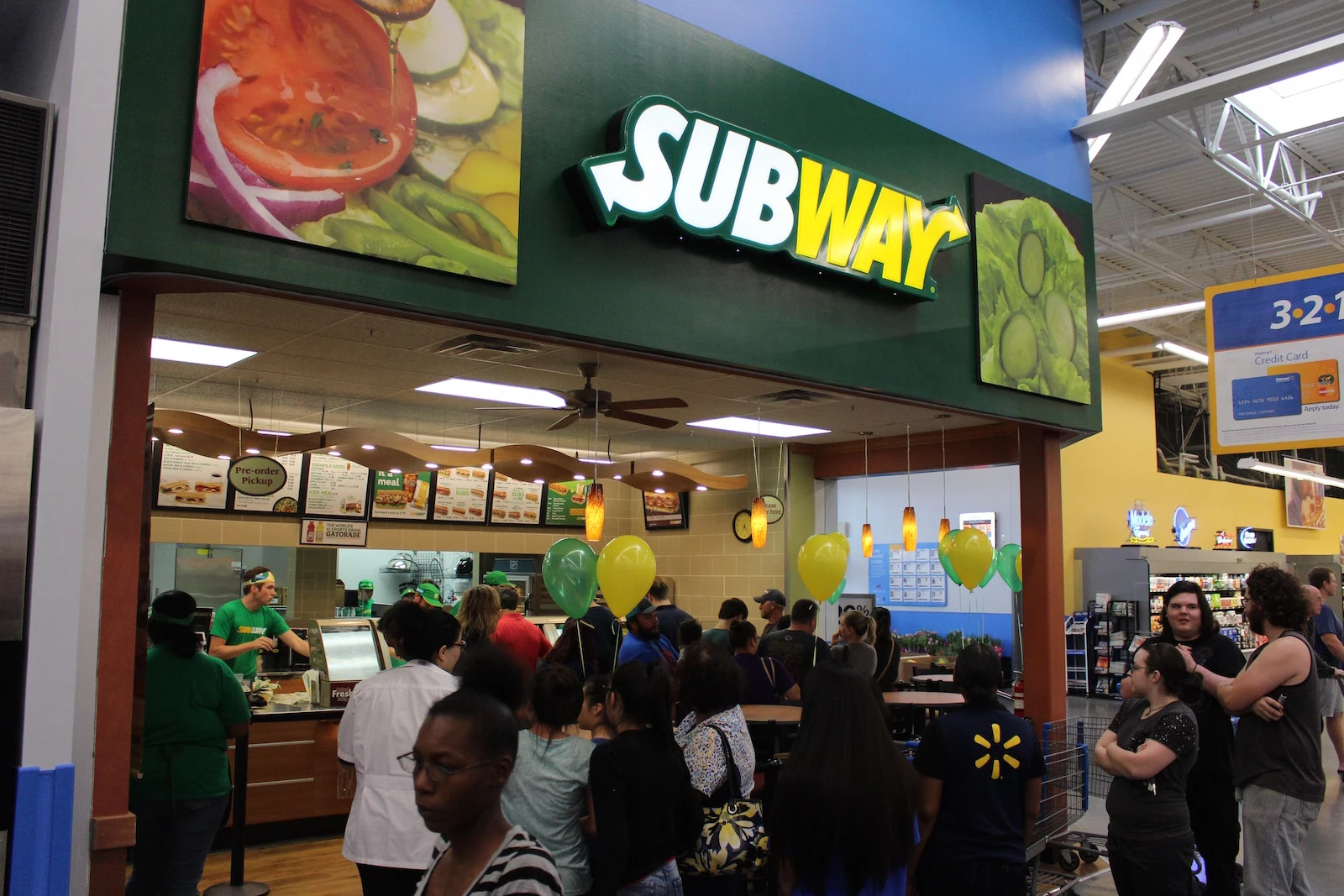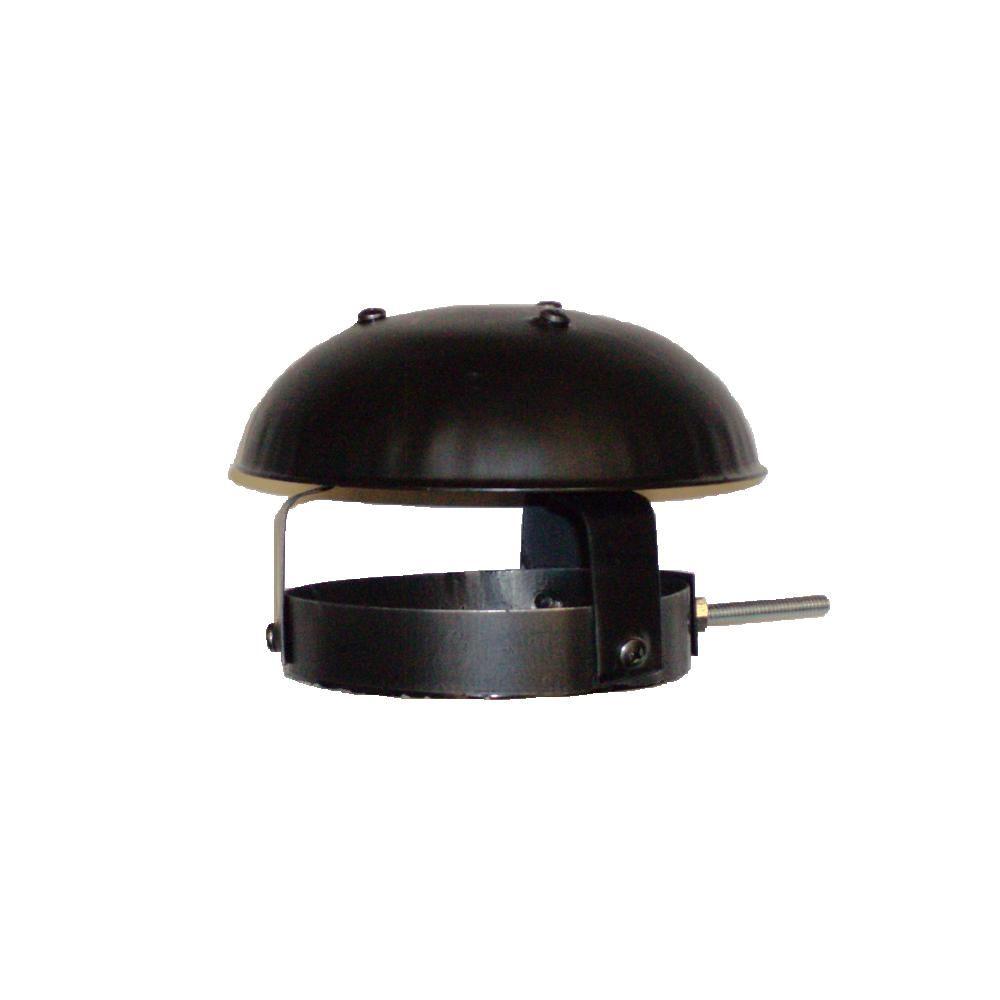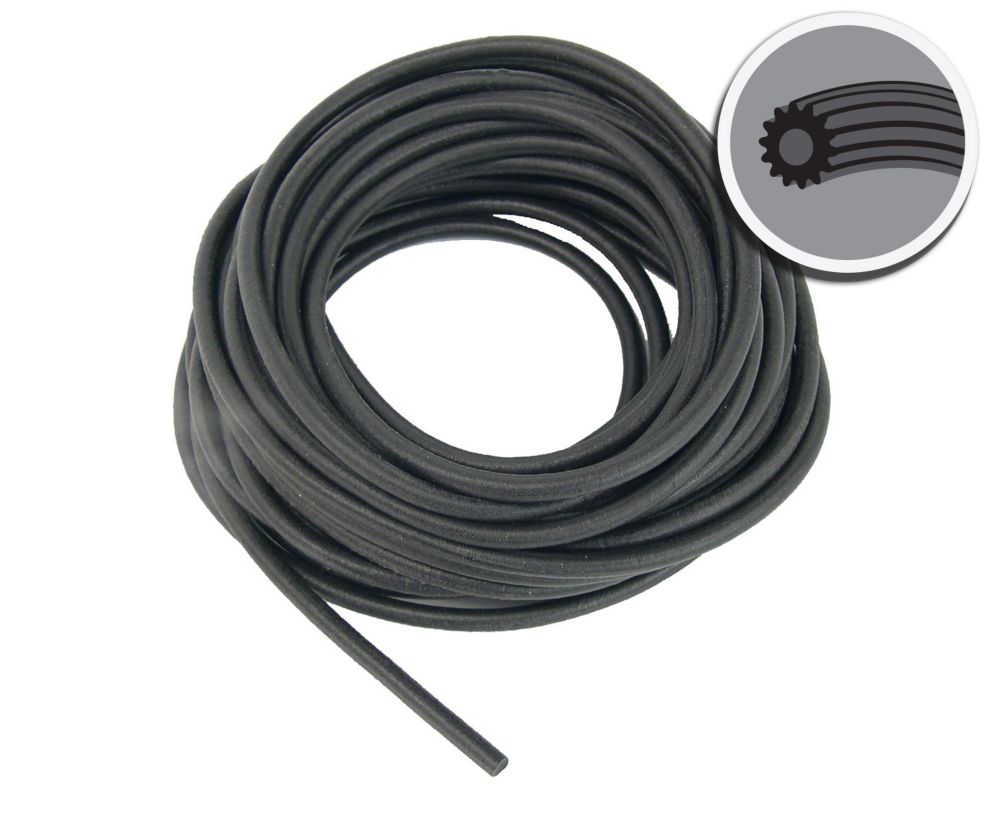Table of Content
Google Home Hub unifies all the other smart home devices in your home - locks, cameras, thermostats, lights, etc - under 'Home View', letting you control them all separately from a drop-down dashboard. Of the three contenders, Alexa posts good results in some of the most important metrics. Alexa wins in countertop dominance and compatibility with other smart home devices. Alexa's popularity as a smart home hub is partly propelled by its wide-reaching compatibility.

Both Google devices have sensors that allow them to not only adjust brightness, but also fine-tune color temperature to match the ambient light in the room. This results in crisp, beautiful images and videos that really bring their subjects to life. Both Google Home and Alexa win the price wars, but the three smart speakers are in a very close race in terms of hardware quality. It also has a decent ability to deal with commands issued with accents.
Amazon Echo vs Google Home: smart features
While we can’t conclusively say which is better than the other, since your opinion may differ. What we can do, is exhaustively discuss in detail all the features of these two major voice assistants. Having said that, Alexa tends to be better when it comes to support for a wider range of devices, as well as better smart home integration. So if you have a lot of smart home devices already, Alexa might be your best bet.

Personally, I would go for a product that has Google Assistant because I feel that it is more intuitive than Alexa (which is why I'm planning to get myself a Lenovo Smart Display). The camera also turns the Show 10 into a high-res security camera, letting you drop in and monitor the live camera feed while you pan around the room. Even more options are available with a paid Alexa Guard Plus subscription, including smoke, intruder and other types of alerts. While we haven’t mentioned it much here, Apple’s HomeKit is the other major player in the world of smart home platforms. This is the ideal pick if you want to control your smart home from your iPhone or iPad, and it works with a fair few third-party devices along with the Apple 4K TV and HomePod Mini. If you’re surrounded by Apple tech at home, it’s the obvious choice but it doesn’t integrate with as many smart home devices as Google or Alexa do.
SimpliSafe & Nest: Do They Work Together?
Using your voice you can see your photos, ask for help from Google Assistant and virtually control all components in your smart home. It has an ambient light sensor to adjust the display/brightness better. It also offers personalized searches and it lacks a camera which may be a plus or downside depending on your preferences.

Additionally, Google Assistant and the Google Home app will work with other compatible 3rd party security devices. When deciding which voice assistant is the best, weigh the pros and cons of each assistant, then let your preferences kick in. If you can only afford the entry-level devices, and music remains a top priority for you, go for the Google Home Mini, which sounds a lot better than the Echo Dot. Unless you hook up a Dot to another speaker over Bluetooth or the 3.5mm jack, it's just too thin and harsh to fully enjoy. Recently Google launched a follow up to its smallest smart speaker; the Google Nest Mini comes with three speakers (that's one more than the original), and is made from recycled materials. The Echo Show is great for staying in touch with friends and family, as you can call anyone who has the Alexa app or another Echo device.
Ground-level Google Assistant
When using both Alexa and Google Home, it’s important to allocate voice tasks to one speaker. This is a problem because the commands will overlap and make it difficult to understand. To avoid confusion, you should allocate specific tasks to each speaker so they can execute their own command without any issues. Using different speakers in different places is a good strategy for using both Alexa and Google Home devices. Many people are looking into the idea of smart homes and with that, they want to use Alexa or Google Home.
The company specifically mentions that you can use the Hub in the bedroom or other private areas without fear. This is a capable 7-inch smart display that is ideal for controlling your home from your bedside. It doesn’t have a camera so it’s not for video calls, but it works with a lot of streaming services for watching shows or, more realistically, checking a recipe video on YouTube. For example, its integration with the Nest Learning Thermostat lets you say “Hey Google, make it warmer” to raise the temperature.
Amazon Echo vs Google Home: audio
You can control your connected smart devices using voice commands or even by touch. Smart displays pair the abilities of a smart speaker with a screen, which can be useful if you want to watch movies or pair with other smart devices, like an outdoor security camera. They also make hands-free video calling far more convenient and turn out to be really great help in the kitchen to find and display recipes.

Both voice assistants can be used to control many smart home devices, including the big names like Philips Hue lights and Nest thermostats. They can even get live video from certain compatible smart security cameras andvideo doorbells. If you have more than one user account, the Nest Mini can even differentiate who is talking by the sound of their voice .
Their similarities matter less when it comes to which one is best for you or someone on your gift list. Mainly, it comes down to how these devices interact with other smart devices in your home. Alexa, on the other hand, relies on the installation of skills – individual, app-like sets of related voice commands focussing on certain topics or abilities. Handled and activated through the Alexa app on smartphones, these can range from getting information on local transport times, or to activating voice-controlled games. Like a larger version of the Google Home Hub, the Nest Hub Max is big-screen smart display for your home, with a front-facing camera for video calls and the facility to check on your home remotely.
For a full list of compatible gadgets, check out this page on Apple’s website – and the roundup of our favourite HomeKit devices here. They have big screens for video chat, TV, or recipes, and great speakers, too. Then there's the Echo Show 15, currently the largest first-party smart display out there. It has the biggest screen (15 inches with a 1,920-by-1,080 resolution), and unlike the other smart displays it isn't designed to sit on a desk, counter, or nightstand. The Echo Show 15 is for wall-mounting, serving as a stealthy home hub that looks like a framed picture when not in use and a widget-filled control panel when active.
Google’s answer to the Echo Dot, this is a small and discreet speaker that’s affordable and capable of handling all your requests. We’d recommend this for a hallway side table or tabletop as it’s not going to deliver booming sound for music but is still ideal for your voice requests. We’ve already explained above that Google Home slightly lags in third-party smart device support when compared to Alexa. Although it’s closing the gap, this is still a major factor that’ll affect which one you pick. One area where Alexa isn’t all that customisable is the voice itself, you can change its language to British English, change its accent, and pick between feminine and masculine voices, but that’s it.

Alexa is capable of playing music, creating to-do lists, setting alarms, and streaming audio. It can also play news channels, podcasts, and provide weather and traffic updates based just on the sound of your voice. For example, if you want to use them together on a single hub for convenience sake then it’s not possible; however, when paired with the other smart devices in your home and used separately they work just fine. The new Echo Show has a much larger 10.1-inch, 1280 x 800 display. Though it kicks back some glare, the screen looks very much like a mini flatscreen TV, and I looked forward to watching movies and videos on it at the end of the day. Budget smart speakers are at the heart of Google's fight for dominance as the best smart home system.
Privacy and security concerns
In the next step, you will be greeted by a screen where you must authorize a link connection between Tuya Smart and Alexa. This allows the Tuya Smart account details to be transferred easily to Alexa’s synced account. The linking process between the two apps is now under progress. You must ensure both apps are using the same Wi-Fi network, otherwise there will be connection errors. Once you hear the prompt, you can add the device to the Tuya Smart app. You can also choose to rename the devices in the app, and they will be discovered with the same name in Alexa or Google Home.

After spending some time testing it, I was surprised at how intuitive and useful the feature is. The other smart displays require you to stand in a specific area if you want to see the screen, while the Echo Show 10 automatically moves to follow you throughout the room. They can both give the weather forecast, read the top news stories of the day, answer questions, and tell jokes. They can even both be used as digital picture frames to show photos from phones and cloud storage.




























